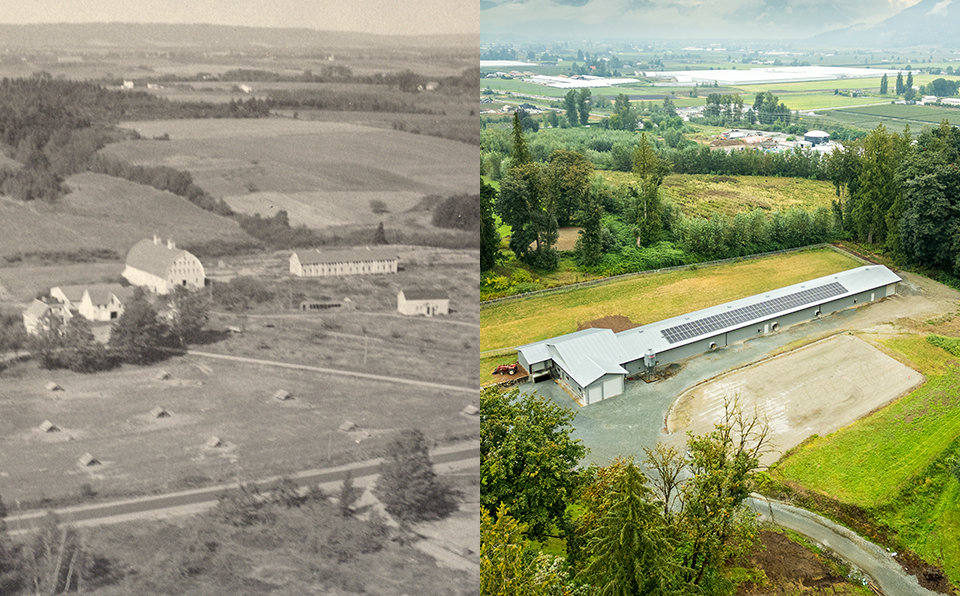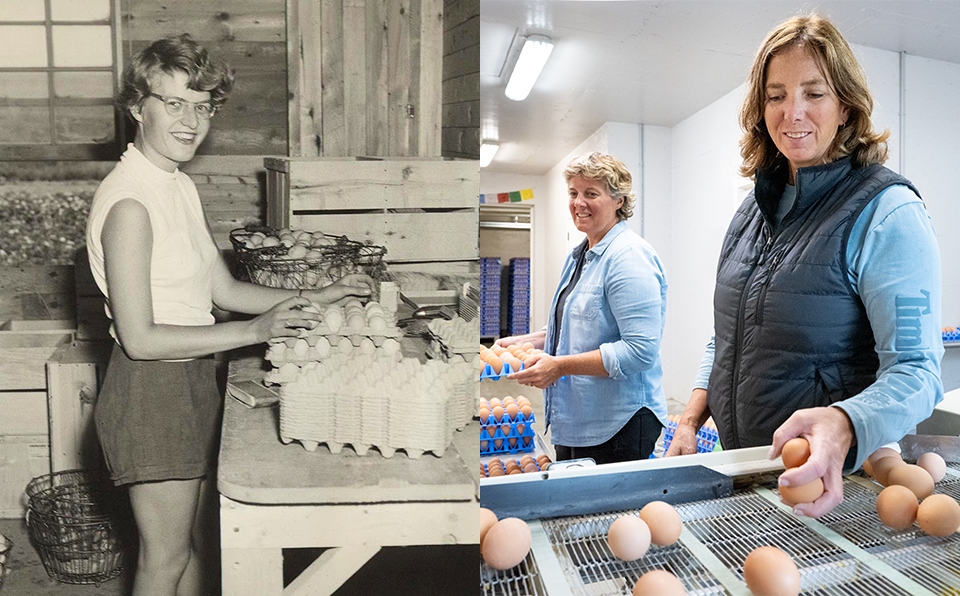
Before and after supply management: How the system works for everyone
By Egg Farmers of Canada“Looking back at everything—before and after supply management—I never imagined the system could become what it is today. It’s exceeded every expectation,” says Harold Froese, a third generation egg farmer from Oak Bluff, Manitoba.
Supply management is a system run by Canadian farmers that manages the production of dairy, poultry and eggs. Under this system, farmers across Canada collaborate to meet Canadian demand with fresh, local, high-quality products produced right here at home. In turn, farmers receive a fair return. In the history of Canadian egg farming, there are two distinct eras: before and after supply management. For both consumers and farmers, the introduction of this system in the 1970s was a turning point.
Harold has lived through both eras, and we sat down with him to hear his perspective. Read on for a history lesson to understand the striking differences through his eyes.

Before supply management: Uncertainty and instability
In the pre-supply management era, the egg supply was unstable. Farmers lived with constant uncertainty, never knowing if they’d make enough to keep farming tomorrow—which in turn jeopardized their ability to produce a steady supply of products to feed Canadians.
Harold’s family began their farming legacy when they came to Canada, and their farm had specialized in laying hens for decades. Growing up, and especially in the 1960s, Harold vividly remembers the significant challenges his parents faced. “It was about survival. It was about keeping the farm going,” he says.
“Back then, prices were all over the place—some years you’d do really well and then the next, you’d lose it all again,” Harold recalls. Egg farmers went directly to wholesalers to sell their product and were entirely at the mercy of the price that was offered—commonly called the “spot price.”

The chaotic period in the 1960s evolved into a national crisis. The Farm Products Council of Canada refers to the 1960s and early 1970s as a period of “chaos in the poultry and egg markets.”1 The status quo worked for no one. The time for change had come.
Harold’s father was part of the group that took on the enormous task of advocating for a better system. It didn’t come without its own challenges, but it was an essential process—one that changed the industry forever. “My dad was away constantly, going to meetings and trying to help establish the system of supply management,” he reflects. “I remember my dad staying up late at night, working through numbers.”
After supply management: Stability
To bring stability to the Canadian egg farming sector, the federal government introduced new legislation to establish a national system for managing egg production. It officially became law on January 12, 1972, under the Farm Products Marketing Agencies Act.2 This Act established supply management for eggs, providing the egg sector with the tools to strengthen egg farming and produce a steady supply of locally produced eggs for Canadians.
“Our job as farmers is to produce food, but we also care about the whole system. It’s about delivering a safe, nutritious product to Canadians and making sure the whole structure behind it is sound.” – Harold Froese, third generation Manitoba egg farmer
Because of supply management and the coordination across the egg farming sector, Canadians now enjoy a consistent supply of high-quality eggs and farmers receive a fair return on their products. This level of stability supports strong supply chains and resilient farms behind them, all while delivering the made-in-Canada eggs that consumers want.
Today, Harold takes great pride in being part of a system that benefits all Canadians. “In Canada, we work as a collective… It’s a system that functions for everyone,” he says. “I feel proud of how far we’ve come.”
Learn more about the history of supply management in our interview with public policy researcher Dr. Jodey Nurse.
1 Farm Products Council of Canada. (2023, October 13). Our history. Our history – Canada.ca
2 Farm Products Council of Canada. (2023, October 13). Our history. Our history – Canada.ca